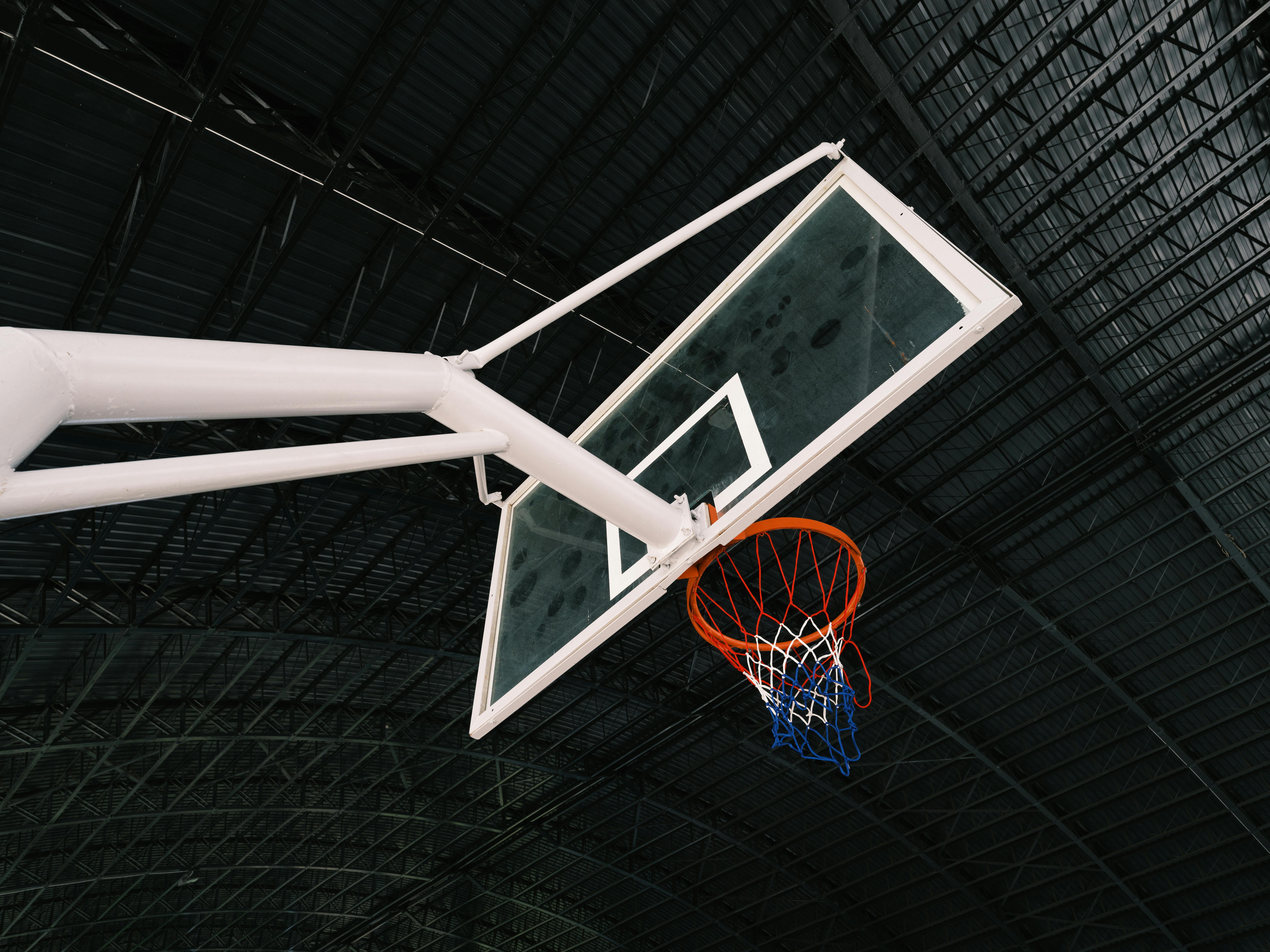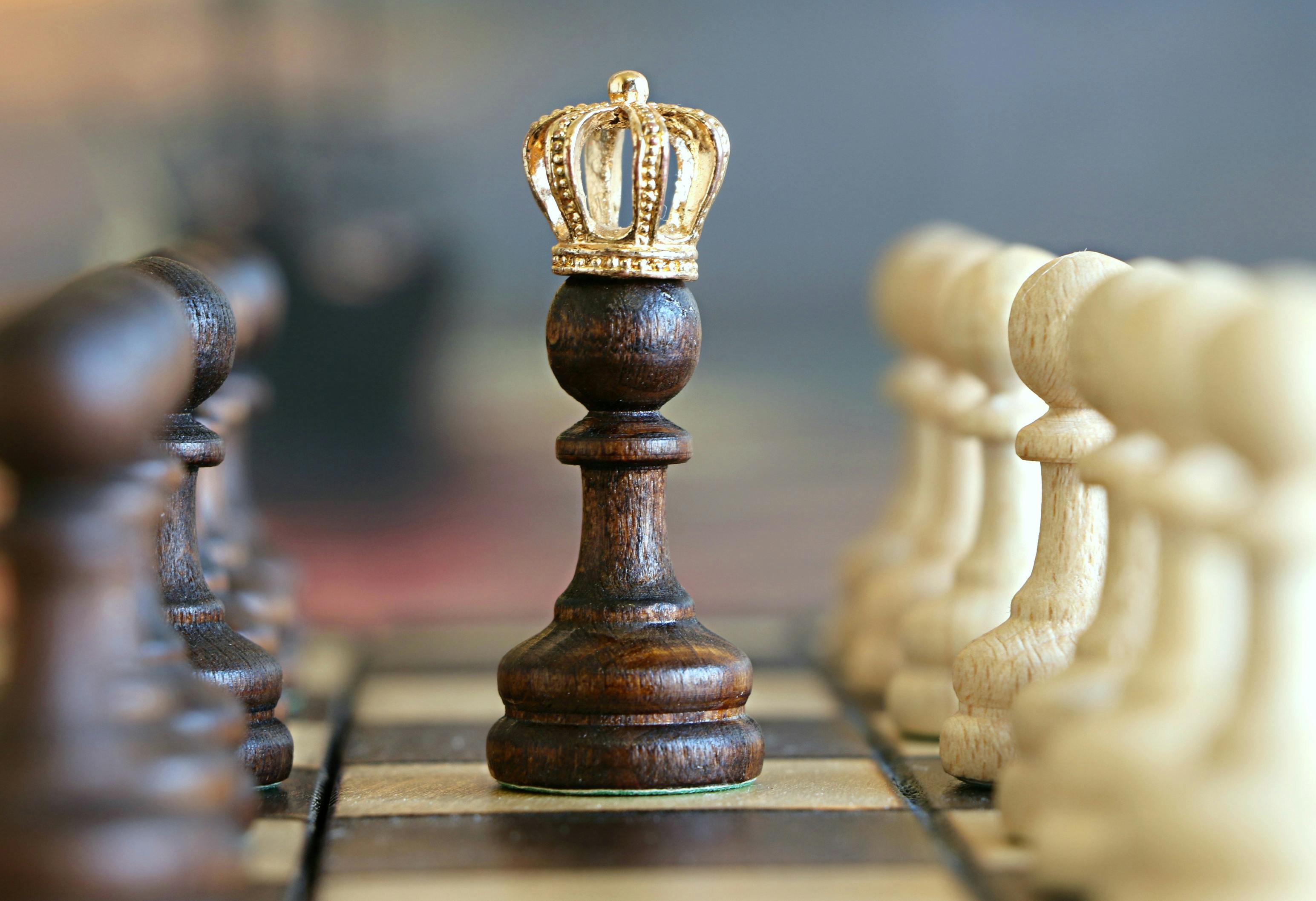Nine ball is a fast-paced and exciting game of pool. Its popularity has grown in recent years, and with that growth, the skill level of the players involved has also increased. But no matter how skilled your opponents are, there are certain strategies that will help you to win in nine ball. With the right techniques and practice, you can become a master of the game and take home the championship. In this guide, we’ll discuss some tips on how to win in nine ball so you can start winning more games!1. Practice: Practice makes perfect, so become familiar with the rules of 9 Ball and learn how to control the cue ball.
2. Aim: Always focus on the target and aim carefully with a smooth stroke.
3. Form: Develop an accurate stance and use the same form for every shot.
4. Study Your Opponent: Observe how your opponent plays and recognize their strengths and weaknesses.
5. Choose Wisely: Think before you shoot and make sure to choose a ball that you can make in one shot.
6. Use English: English refers to spin on the cue ball which can help control its path after contact with other balls on the table.
7. Don’t Get Behind: Try not to get too far behind in points, as it will be difficult to catch up and win the game if you’re too far behind in points by the end of the game.
8. Stay Focused: Be aware of your position on the table, where your next shot should be, and pay attention to your opponents shots as well as they could potential help you setup for your next move if used correctly.
9. Have Fun: Remember that 9 Ball is a game, so enjoy yourself while playing!
Know The Rules Of 9 Ball
Nine-ball is an exciting and challenging game of pool, and it’s important to know the rules before you start playing. The object of the game is to pocket the nine ball on any legal shot. The player who legally pockets the nine ball wins the game. Each player has a turn at shooting, and must pocket one of his or her designated balls on each shot. If a player fails to pocket one of his or her designated balls, it is the next player’s turn.
The player who breaks will shoot first, and must use a legal break. This means that four or more balls must hit cushions, and at least one ball must be pocketed or driven to a cushion after the break shot. If the breaker does not make a legal break, it is considered a foul and his or her opponent will have the choice of shooting from where the cue ball lies or having his or her opponent re-break.
At any time during play, if any object ball is pocketed, each player has the option to continue shooting until missing their designated ball. However; if no object ball is pocketed on any shot following the break shot, then only one object ball may be legally pocketed on each subsequent shot. If more than one object ball is pocketed on any subsequent shots without first legally pocketing an object ball on each previous shot; then all balls are spotted as they were prior to that shot being taken and it becomes the next players turn at shooting.
All shots must be called (the name of your object ball and which pocket you are attempting to make it in). If you fail to call a shot before taking it; then any legal object balls that are made are spotted back onto their original position prior to that illegal shot being taken; thus becoming your opponents turn at shooting; unless your opponent chooses not to take advantage of your foul in which case you would remain at table with all illegally made balls remaining off table.
When all nine balls have been legally pocketed (7 striped & 2 solids in rotation) then you have won! However; if while attempting to legally pocket your last designated 9-ball you scratch (pocketing cueball) then your opponents shoots from where cueball lies after scratch with all illegally made balls remaining off table regardless if they were made prior too or after you scratched!
Having A Winning Strategy
Having a winning strategy is essential for achieving success in any field, whether it be business, sports, or any other type of competitive endeavor. A winning strategy requires careful planning and execution, as well as the ability to adapt to changing conditions. It is also important to have an understanding of the competition and how they may react to different situations.
A successful strategy must also take into consideration the resources available, both financial and human. If a company or team does not have enough resources to execute their strategy properly, then they are unlikely to succeed. It is important to evaluate the strengths and weaknesses of a team or company before developing a winning strategy in order to ensure that the plan is achievable with the resources available.
In order to develop a successful strategy, it is important for teams and companies to understand their target market and how their products or services can be tailored to meet customer needs. Understanding customer needs will help teams or companies develop strategies that are more likely to be successful because they will be able to focus on customers’ wants and needs rather than just trying to increase sales.
It is also important for teams and companies to understand their competitors’ strategies in order to develop counter-strategies that can give them an edge over their competitors. This could involve researching competitors’ strategies, analyzing their strengths and weaknesses, and using this information as part of the development of a winning strategy.
Finally, it is critical for teams and companies to have strong leadership in order for their strategies to be successful. Leaders should provide clear direction on what needs to be done in order for a plan or project succeed, while also providing support throughout its implementation. Strong leadership will ensure that everyone involved is focused on achieving success rather than just individual goals.
In summary, having a winning strategy requires careful planning and execution as well as understanding of the competition, resources available, customer needs and competitor strategies in order for it succeed. Additionally strong leadership is needed throughout its implementation in order for everyone involved be focused on achieving success rather than individual goals.
1. Improve Your Technique
It is essential that you focus on your technique if you want to improve your pool skills. You need to focus on your stance, stroke, and other mechanics of the game. Start by practicing basic shots and drills, such as pocketing balls in the corner pockets or hitting balls off the rail. This will help you develop a good base of technique and form. As you practice more, begin to add in your own individual touches and techniques that make you unique in the pool world.
2. Study Professional Players
An excellent way to improve your pool skills is by studying professional players. Watching how they play the game can give you insight into what works and what doesn’t work when it comes to playing pool at a high level. Look for players who have similar styles to yours, as this will help you learn from their success and failures more easily.
3. Play Against Better Players
If you want to become a better player, then it’s important that you challenge yourself by playing against better players than yourself. Playing against opponents who are better than you can help push your game to new heights and make you an even better player by forcing you out of your comfort zone. Of course, it’s also important not to get discouraged if things don’t go your way during these matches.
4. Analyze Your Matches
It’s important that after each match that you analyze what happened during the game so that you can learn from any mistakes or successes that occurred throughout the match. Take notes on each shot taken and how it affected the outcome of the game so that next time around, those same shots can be executed better or avoided altogether.
5. Practice Often
Practice makes perfect! The more time spent on honing your pool skills, the better player you will become over time. Try setting aside specific amounts of time each day for practicing different aspects of your game such as aiming or pocketing balls with accuracy so that when it comes time for competition, these skills are second nature.
Master The Cue Ball Control
Cue ball control is an essential skill for any successful pool player. It is the ability to manipulate the cue ball in order to move it in a specific direction and with a desired amount of force. Having good cue ball control can help you make shots that would otherwise be impossible, and will give you a huge advantage over your opponents. There are several techniques you can use to improve your cue ball control, and mastering these techniques will make you a better player.
The first technique involves understanding the way in which the cue ball reacts to different types of shots. This means understanding how much spin or English should be applied to each shot, and how much power should be used. If you have this knowledge, then you will be able to make precise shots that will move the cue ball into position for your next shot.
Another technique when it comes to improving your cue ball control is practice. You need to practice making shots from all angles and distances so that you become comfortable with the different types of shots and how they affect the movement of the cue ball. This will allow you to make more precise shots and improve your overall game.
Finally, good aim is another important factor when it comes to improving your cue ball control skills. If you are able to accurately aim the cue at its target then it will be easier for you to hit your shots precisely. Aiming requires practice as well as having an understanding of how different types of cues affect accuracy when shooting a pool shot.
By mastering these techniques, any pool player can improve their cue ball control skills and become a better player overall. Having this skill set gives players an edge over their opponents, allowing them to make more precise shots with greater ease and accuracy than ever before. So don’t hesitate – get out there on the table and start working on mastering your cue ball control!

Choosing The Right Cue Stick
When it comes to playing pool, having the right cue stick can make a big difference in your game. There are a few things to consider when choosing the right cue stick for you. The first thing to consider is the length of the cue stick. Most people prefer a shorter cue stick because it provides better control and accuracy, while a longer one gives you more power. Additionally, most people find that their stroke is more consistent with a shorter cue stick.
The weight of the cue stick is also important to consider. A heavier cue will provide more power and be easier to control, while a lighter one will allow for faster shots and more maneuverability. It’s important to find the right balance between power and control for your game style.
The type of tip used on your cue stick can also affect your game significantly. Softer tips provide better spin and control on shots, while harder tips will provide more power but less forgiveness on missed shots. Soft tips are popular with beginners, while harder tips are preferred by experienced players who have mastered their technique.
Finally, you should take into account the material of the shaft and butt of your pool cue stick. Wood cues are usually lighter and less expensive than graphite cues, but they don’t last as long or provide as much consistency when shooting. Graphite cues are preferred by many players because they offer good balance and durability without compromising on accuracy or power.
Choosing the right pool cue can be daunting at first, but with some experimentation and practice you’ll be able to find the perfect one for you!
Use Pattern Play To Your Advantage
Pattern play is a great way to add interest and variety to your design projects. By using different patterns, textures, or colors, you can create visual interest that engages viewers and keeps them engaged. By playing with patterns, you can also create visual contrast between elements of a design to make them stand out. With pattern play, you can also create a sense of movement in your designs, which can be an effective way to evoke emotion and draw attention.
Pattern play can be used in many different ways. For example, you can use it to create an eye-catching background for a website or advertisement. You could also use patterns to draw attention to certain elements of a design, such as important text or images. Or, you could use pattern play in combination with other design elements such as typography or illustration to add texture and depth.
When using pattern play in your designs, it’s important to keep balance in mind. Too much pattern can be overwhelming and make the design look cluttered. It’s also important to consider the size of your patterns; small patterns may appear too busy when viewed from afar while larger patterns may get lost when viewed up close. Experimenting with different sizes and types of patterns is key to finding the right balance for your project.
It’s also important to pay attention to the colors you use when creating a patterned design. Colors should complement each other without clashing; consider using analogous colors which sit next each other on the color wheel for a harmonious effect. Additionally, consider how the background will interact with the foreground elements; if one element stands out more than another then it may not look balanced overall.
By playing around with different types of pattern play you can find creative ways to add interest and depth to your designs without overwhelming viewers or detracting from other aspects of the project. Experimentation is key – try out different combinations of colors, textures, shapes and sizes until you find something that works for your project!
Increase Your Accuracy With Practice
Accuracy is an important skill to have in any field, whether it’s shooting a basketball into a hoop or writing a report for your boss. The more accurate you are, the better the results will be. To improve accuracy, practice is essential. Practicing regularly will help you understand the fundamentals of accuracy and how to apply them in different situations.
The key to improving accuracy is consistency. When practicing, focus on replicating the same form and technique for each shot or task. This will help you develop muscle memory and get used to performing the same motions accurately over time. Make sure you don’t rush through the process. Take your time when practicing to ensure that your technique remains consistent and accurate each time.
Another way to increase accuracy is by breaking down tasks into smaller parts. For example, if you’re practicing shooting hoops, break down the task into three parts: aiming, releasing the ball and following through with your shot. Concentrate on each part separately until you can perform them all at once accurately and consistently.
Finally, practice with different types of equipment to test yourself and hone your skills further. If you’re shooting hoops, use different basketballs of various sizes or weights to increase your accuracy in shooting from different angles or distances. The same principle applies for any activity that requires accuracy – practice with different tools and settings to challenge yourself further and improve your overall skill level.
Practice makes perfect when it comes to increasing accuracy in any task or activity. Spend time consistently focusing on form and technique while breaking down tasks into smaller parts helps build muscle memory and refine skills further. Practicing with different equipment also helps hone overall skill level further so that you can become more accurate in whatever it is that you do!

Conclusion
9 Ball is a great game that can be enjoyed by both novice and experienced players. Learning the basics of the game and understanding the strategies can help you become a better player. To win in 9 Ball, it’s important to stay focused on the game, practice good shotmaking, and use strategies to outsmart your opponents. Use positional play to your advantage, and remember that every shot counts. With hard work and dedication, anyone can become a winning 9 Ball player!
Playing 9 Ball is an enjoyable experience that will challenge you to improve your skills and strategy. With enough practice and dedication, you can become a master of this exciting game. Good luck on the tables!




